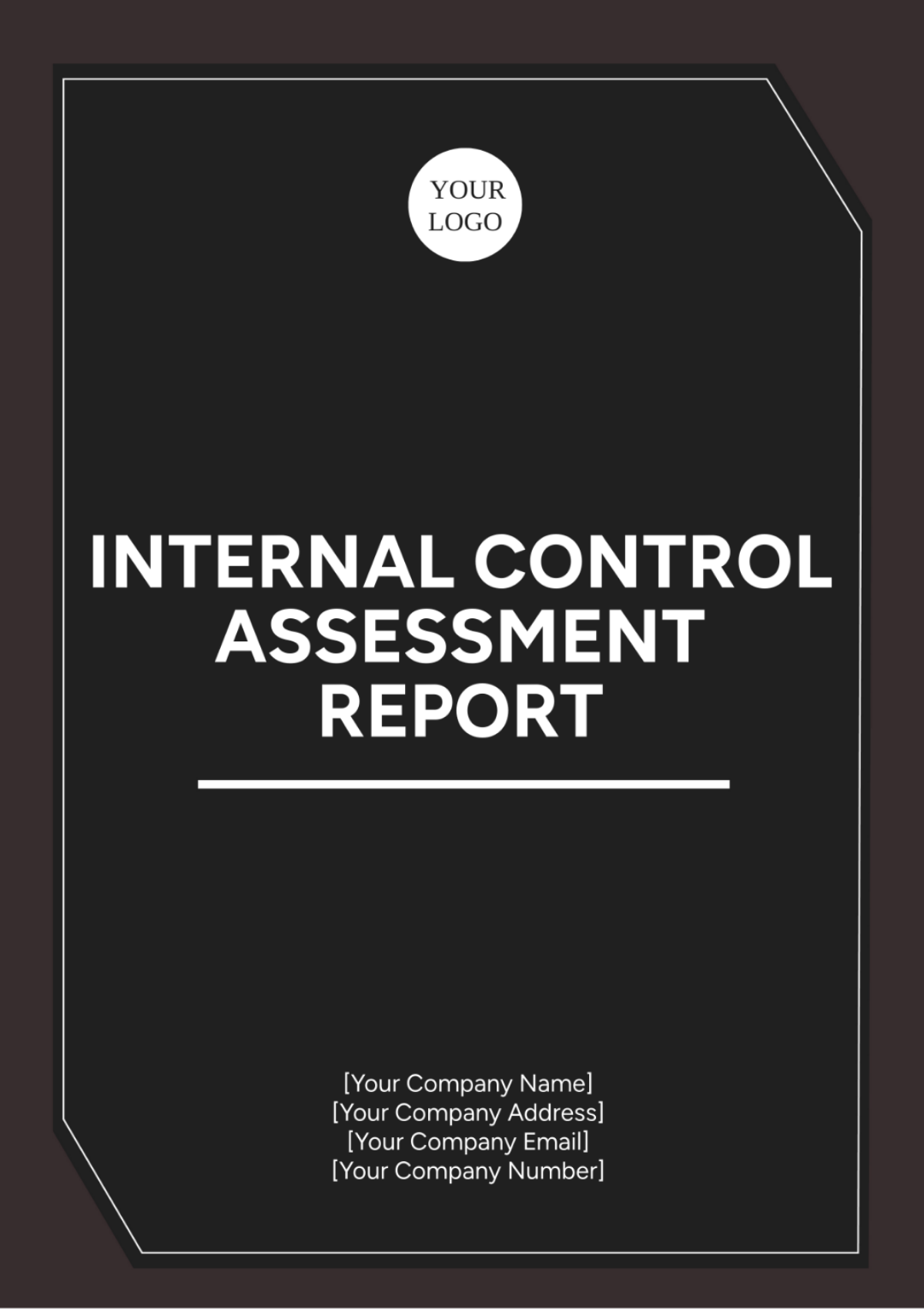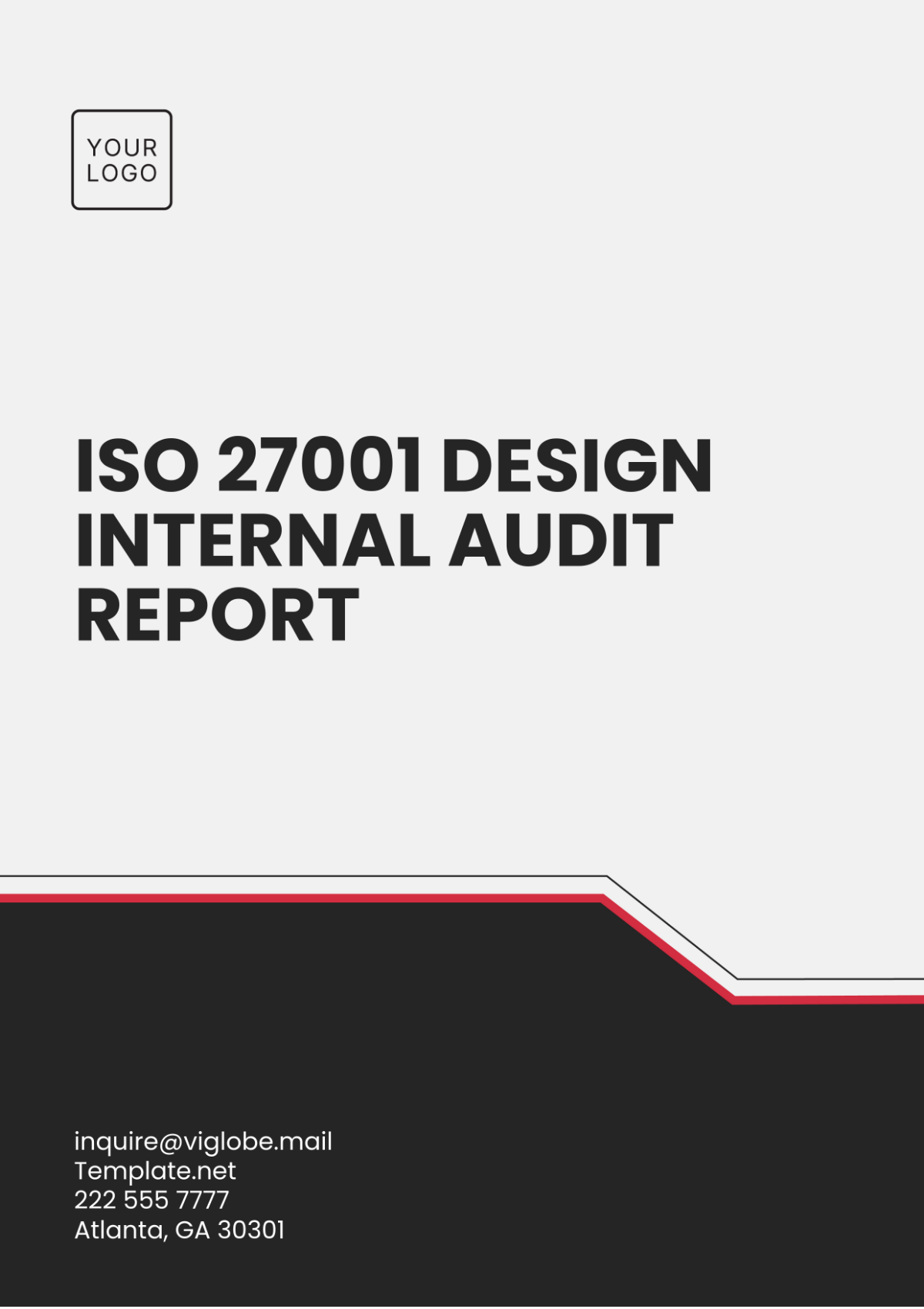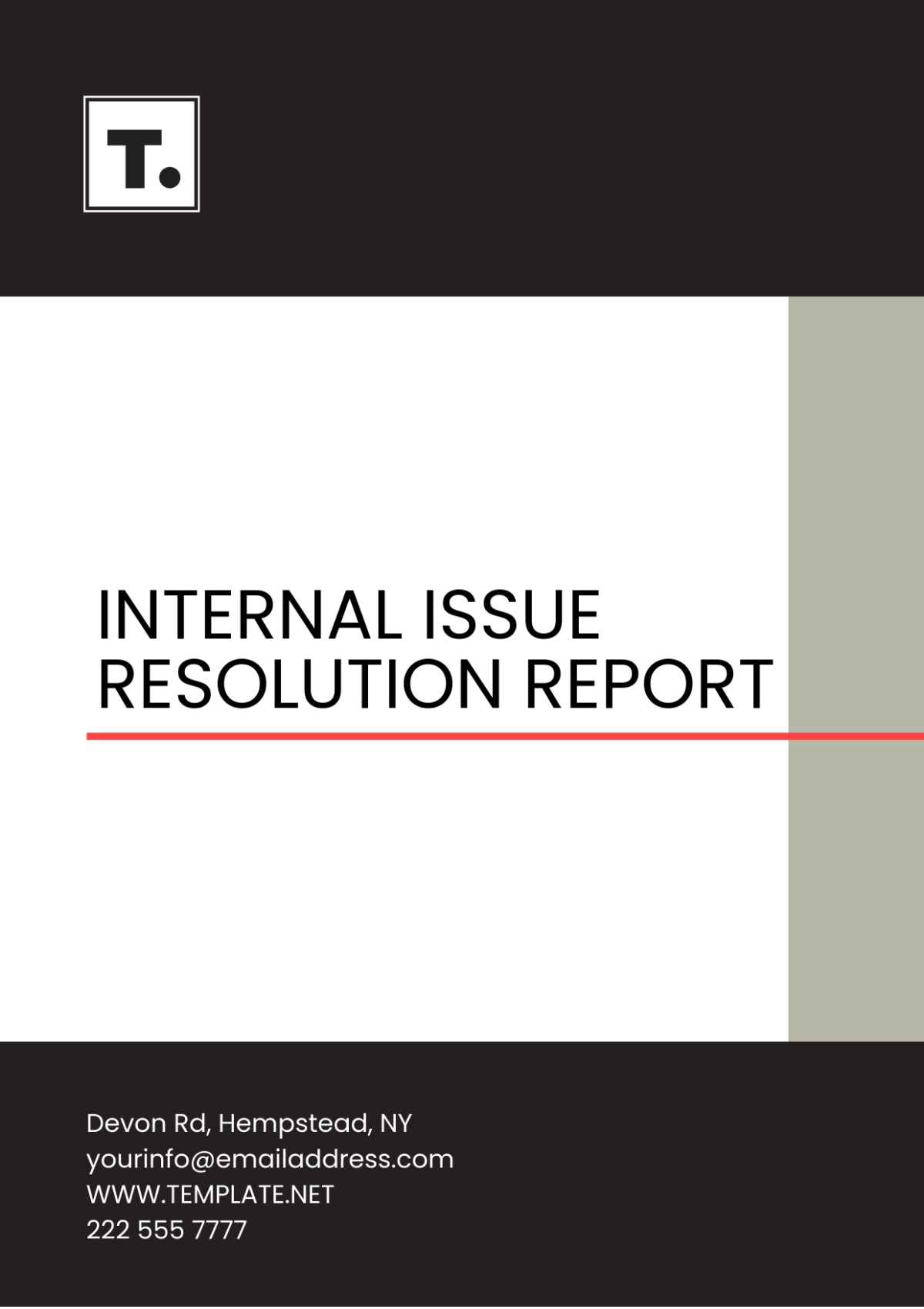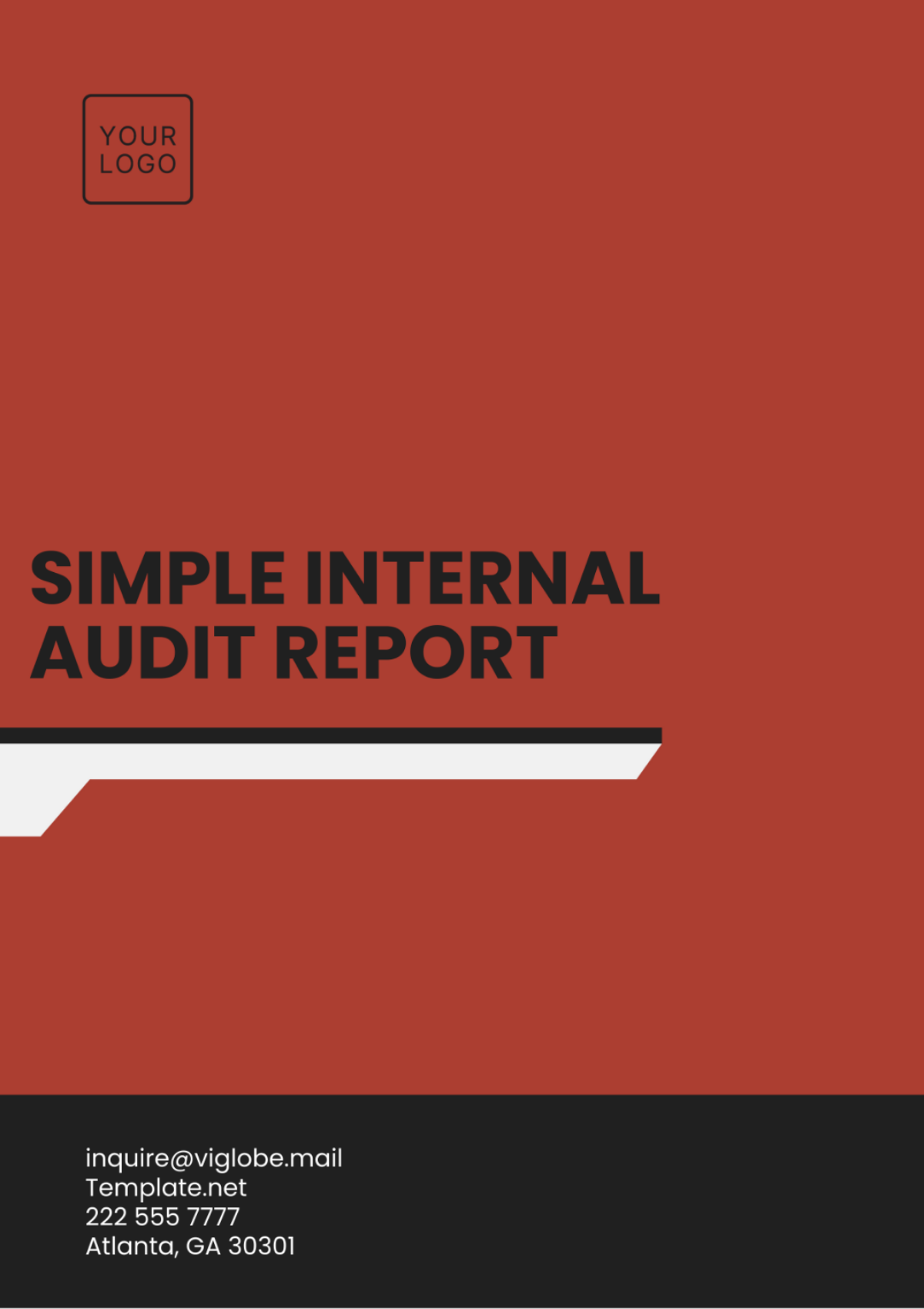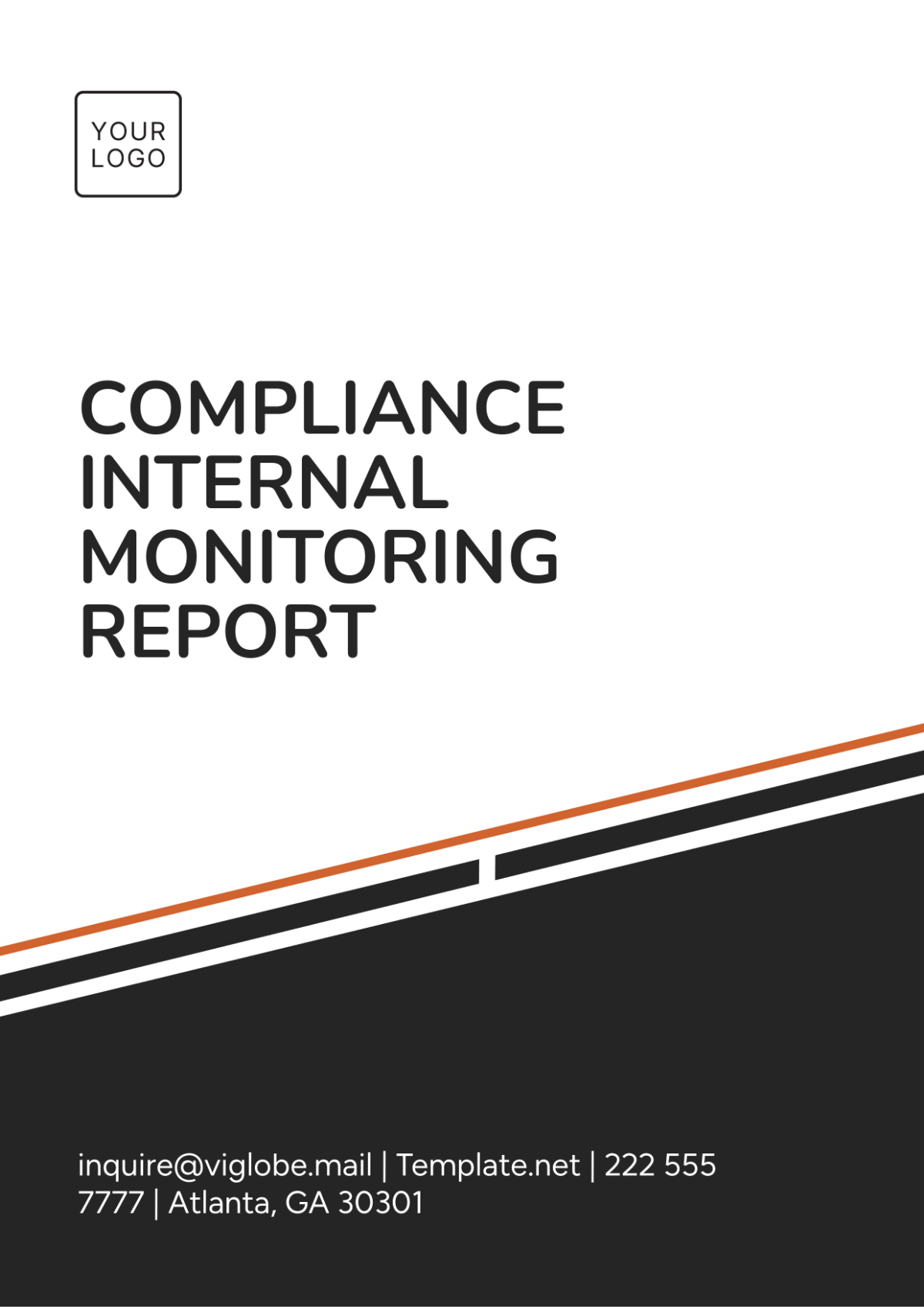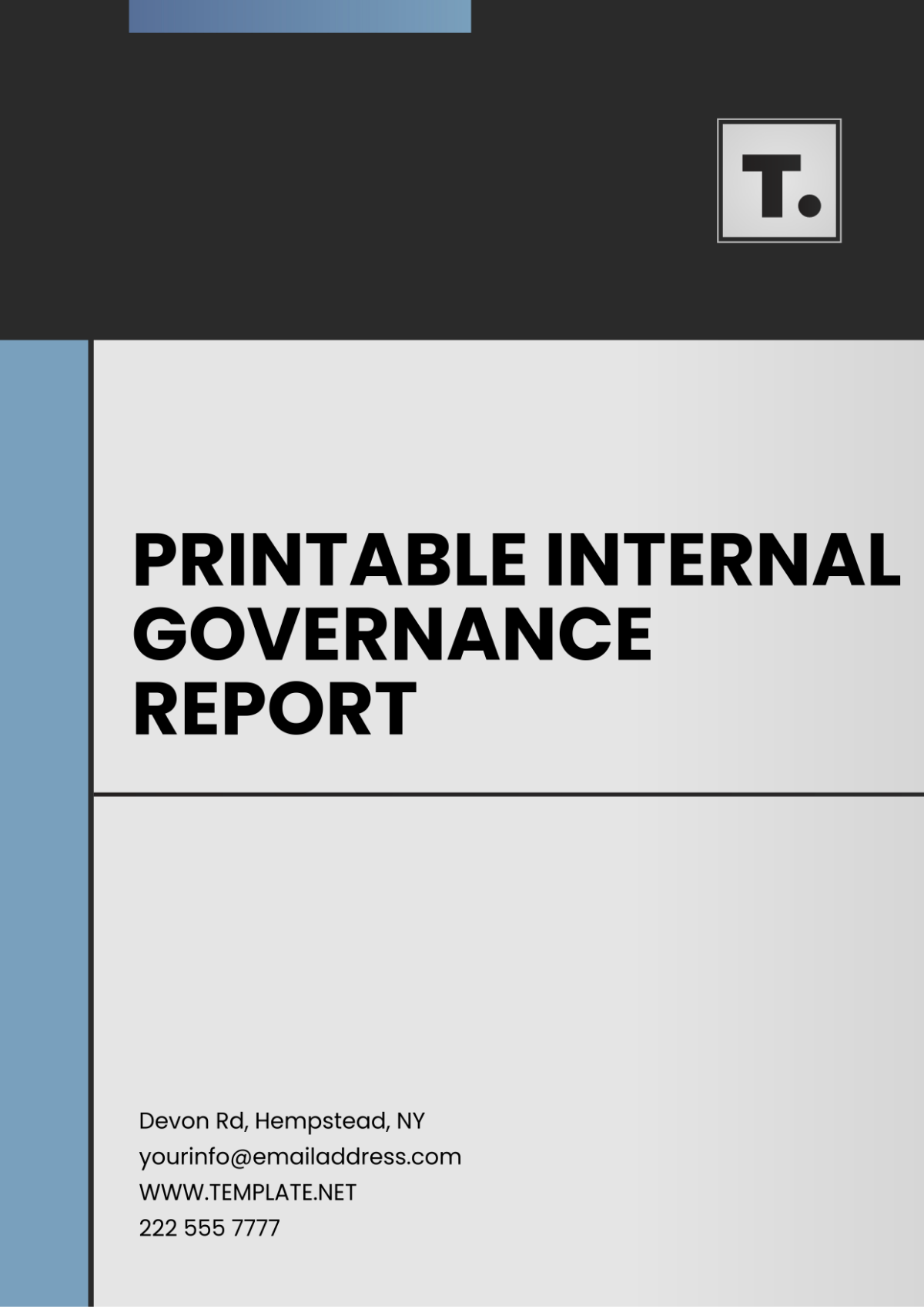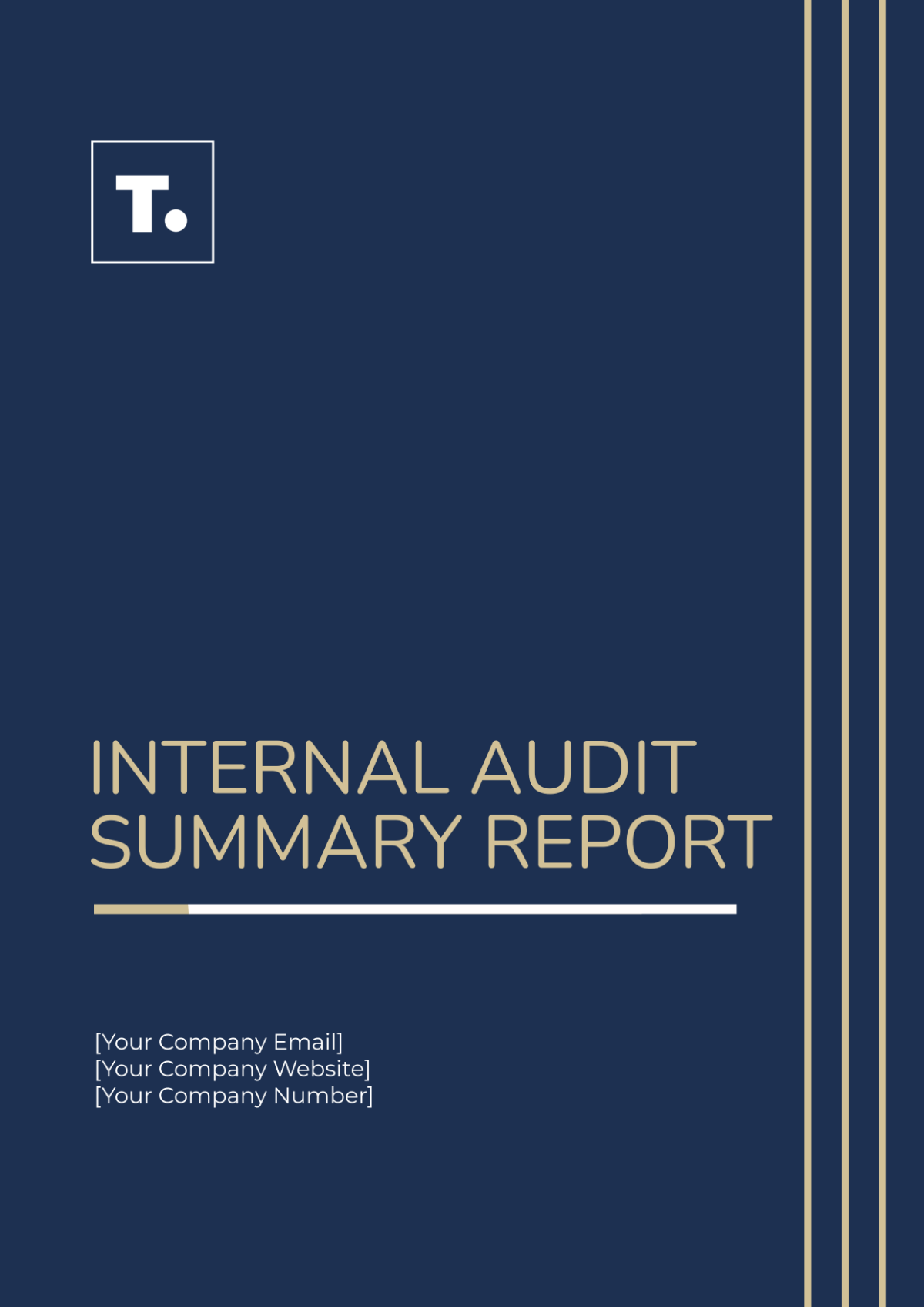Internal Issue Resolution Report
Issue Date: July 10, 2060
Report Date: July 15, 2060
Prepared by: Alex Johnson, Senior Operations Manager
Department: Operations and Process Improvement
Incident Reference Number: #OPS-2060-0017
1. Executive Summary
On July 10, 2060, a significant issue arose within the Operations Department at [Your Company Name], affecting the data synchronization process between inventory management systems and warehouse automation. The issue led to discrepancies in inventory records across multiple facilities and delayed shipment schedules, potentially impacting customer satisfaction and operational efficiency. This report outlines the steps taken to resolve the issue, identifies root causes, and proposes actionable recommendations to prevent future occurrences.
2. Problem Statement
Date of Incident: July 10, 2060
Location: [Your Company Name] - Distribution Center A, Phoenix, AZ
System Affected: Inventory Management System (IMS) and Warehouse Automation System (WAS)
Description:
The issue surfaced when warehouse automation system (WAS) alerts indicated mismatched inventory counts for high-priority stock items, resulting in delays for orders slated for same-day shipment. Initial investigations pointed toward a failure in the IMS-WAS data synchronization protocol, affecting real-time inventory tracking and resulting in manual order adjustment processes.
3. Immediate Actions Taken
Date: July 10, 2060
Team Involved:
Operations Support Team
IT Systems and Maintenance Team
Supply Chain Management
Actions:
System Isolation: IT isolated the affected modules of IMS and WAS to prevent further synchronization discrepancies.
Manual Inventory Verification: Operations conducted a manual stock count for critical inventory items to ensure accurate fulfillment of delayed orders.
Root Cause Analysis Initiation: A task force was assembled to identify potential software or hardware-related causes within the synchronization protocol.
Customer Communication: Customer Service proactively informed clients about the delays, offering updates and estimated delivery times to maintain transparency and trust.
4. Root Cause Analysis
Date of Completion: July 13, 2060
Lead Investigator: Maya Carter, IT Systems Analyst
Findings:
The root cause was identified as a recent software update to the IMS, which altered data formatting within the sync parameters, leading to miscommunication between IMS and WAS. The update failed to account for the WAS requirements, which resulted in corrupted data files and erroneous inventory counts across multiple distribution centers.
Contributing Factors:
Insufficient testing of IMS updates on warehouse automation systems before full implementation.
Lack of a fallback protocol to automatically revert to previous data synchronization settings if an error occurs.
5. Solution Implementation
Date Implemented: July 14, 2060
Solution Overview:
Revised Synchronization Protocols:
Rolled back the software update in the IMS and restored the previous stable version to immediately resolve data discrepancies.
Reconfigured synchronization settings to align with WAS requirements.
Software Compatibility Testing:
Implemented a compatibility testing protocol to ensure future updates are compatible with all related systems, preventing similar issues from recurring.
Automated Alert System:
Enhanced the alert system to flag synchronization errors in real-time, enabling immediate corrective action.
Outcome:
System functions resumed on July 14, 2060, with synchronization restored across all distribution centers. Customer orders affected by the delay were prioritized and dispatched the same day, with most deliveries arriving within the revised timeline.
6. Recommendations
Enhanced Testing for Updates:
Institute a standardized testing procedure for all software updates that require alignment with dependent systems, ensuring full compatibility.
Redundant Backup Systems:
Develop and implement a redundant data backup system that activates real-time sync errors, providing a fallback to prevent order delays.
Regular Cross-Departmental Audits:
Conduct regular audits involving IT, Operations, and Supply Chain teams to identify any emerging system gaps and address them proactively.
Ongoing Training for Key Personnel:
Provide training on the new protocols for system updates, issue identification, and resolution, ensuring staff can effectively handle synchronization and inventory management issues.
7. Conclusion
This incident has underscored the importance of comprehensive testing and coordination between IMS and WAS in a highly automated environment. The corrective actions implemented effectively resolved the issue, while the recommendations are expected to enhance resilience and responsiveness to similar challenges in the future. Continuous improvements in communication between departments and adherence to updated protocols will be vital to maintaining high operational standards at [Your Company Name].


